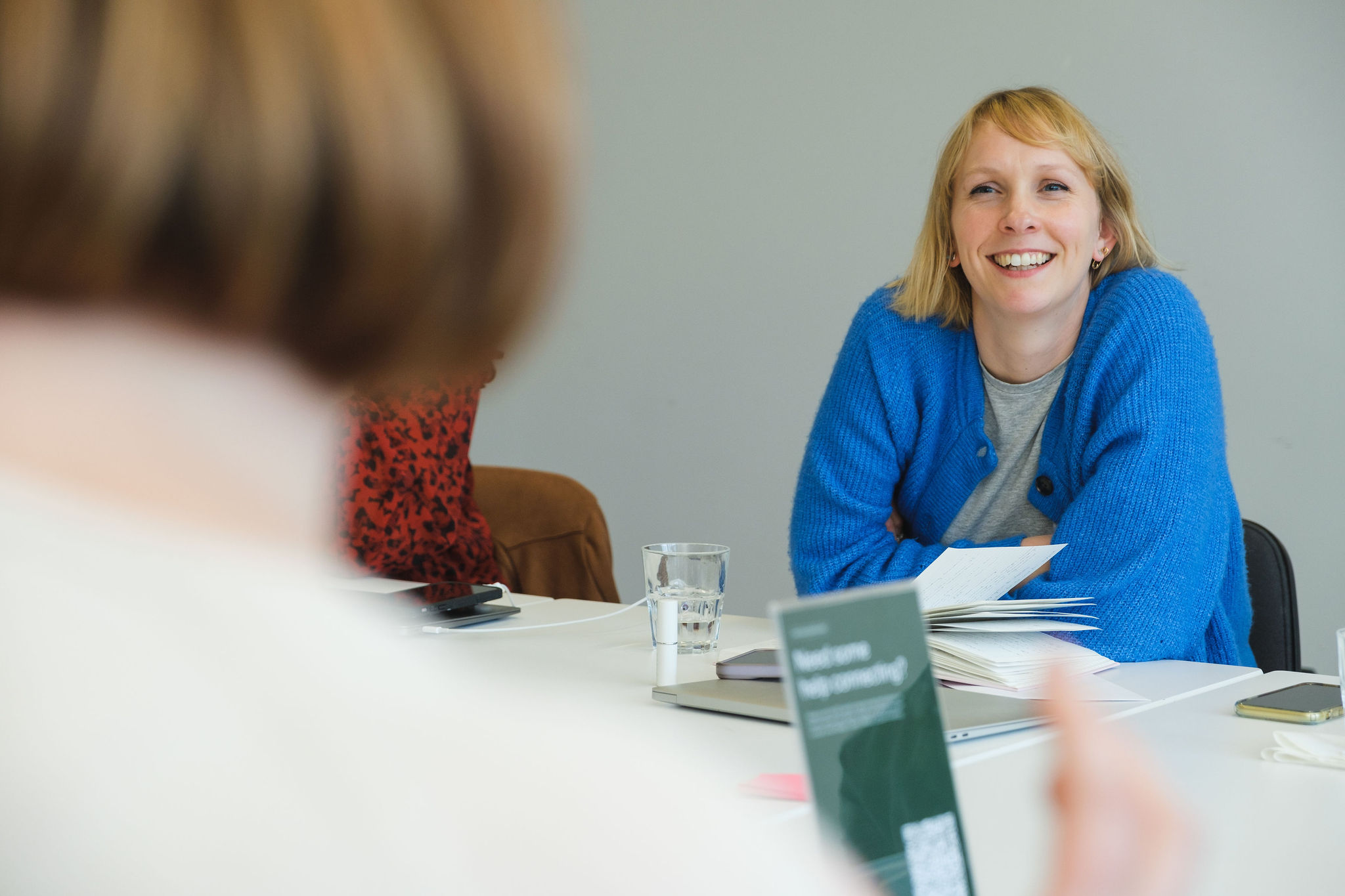
When you use the term “special events” in fundraising, for many it will inevitably conjure up images of ballrooms, black ties and gala dinners. But today’s special events landscape can, and does, look different, and needn’t involve investing a huge amount of budget to guarantee an event is, well, special.
Special events are not just opportunities to get in front of your supporters – and nor should they be. Special events can present valuable opportunities to steward your most valued supporters, engage them with new and/or existing parts of your charity’s work, give attendees the opportunity to network, provide thought leadership, seek feedback, present strategies and products… the list goes on.
The joy of the “special event” is that you can apply it to a variety of formats – but to make your events truly special in terms of fundraising, measuring performance, telling your charity’s story and keeping things fresh are key ingredients for success.
Measuring performance and impact
Do you have an overarching strategy for your special events, whether you have a series or simply one a year? Being clear on if your event is intended to steward donors, cultivate prospects and/or generate on-the-night income is a good start. And if you’re trying to do all three, it might be worth considering narrowing your focus so you can build the event around your primary objective.
Making sure that you have clear objectives for your event, whether financial or otherwise, will help you to measure performance, and ultimately demonstrate the value of investing valuable time and resource into producing it. It sounds obvious but so often objectives are assumed, not written down anywhere and fall into one of the above three categories without more definition on the overarching driver.
If the objective is to cultivate guests, that could look quite different depending on where you’re trying to get to. Are you planning to make a future ask around the theme of the event? Are you trying to get new prospects in the room? Are you testing a new service or programme with a view to launching a campaign?
Strategy and objectives should always be the starting point for your event design, not the other way round. And don’t forget those all-important KPIs – they will be crucial when next year you need to make the case for temporary events support to deliver it again!
When it comes to setting KPIs, a key challenge in philanthropy is inevitably the lead time that can follow, especially if an event is not about making an ask on the night. Consider this carefully when you set your performance measures and incorporate qualitative as well as quantitative markers. KPIs such as numbers of follow-up meetings, numbers of qualified new prospects in the room or numbers of supporters added to the pipeline can be just as valuable as income raised from event attendees; by re-visiting these KPIs against the guest list three, six, 12 and 18 months beyond, you can start to capture a long-term picture of the value of your events.
Storytelling
Taking your guests on a journey starts from the moment they first hear about the event. All too often, emphasis rests on the stories told and experiences shared at the event itself, but you have multiple touch-points and therefore opportunities to share your narrative before your guest steps foot in the door.
Seek the advice of your communications colleagues, consider your audience’s needs and expectations, and plan how you are going to convey the mood of your event. Is it a joyful thank you, or an urgent crisis? Can you lay the expectation that you will be asking for support on the night? Can you reinforce your brand and what you stand for before meeting someone new in-person?
If you’re using ticketing platforms or other external suppliers to manage guestlists and/or other logistics, make sure you have oversight of every single communication guests receive so that you can ensure it aligns with the overall narrative for the event, and is personalised and accurate for the recipient. The details matter here.
Refreshing formats
Despite the sky being the limit when it comes to the imagination behind your events, limited budgets, audience needs and team capacity inevitably get in the way. That doesn’t mean you shouldn’t try new things, and testing and learning is an ethos that will benefit your approach.
Consider if your brand, your cause and/or your ambassadors or other volunteer networks can add something new and different to your events. Is there something creative you can try to bring your cause to life? Are there any people in your networks who could provide a service or creative support to include in the event? And does your event feel authentic to your brand – if not, why not, and how can you incorporate your brand values even further?
This is particularly important in those failsafe flagship events that take place year on year – keeping formats fresh will encourage retention (if that is your objective!) of your audiences, and will appeal to groups who are keen to see and experience something different in the charity event space. If you do nothing else, make sure you allow time for annual evaluations of your flagship events before you jump into planning the next, otherwise you might miss the window to refresh the format and add something different to the mix.
Testing the use of technology, AI, gamification and immersive elements could all shake up your event – but it doesn’t need to be something snazzy and expensive. Whatever you decide, try not to test too many different things at once, and think back to your KPIs so you can make sure there will be a clear way to demonstrate the impact of the things you test.
Making it work internally
Special events can be a huge drain on resources and team resilience, especially when pitted against business-as-usual activities. Using project working groups and project management principles to share the load can be really helpful here.
If you do only one thing after reading this blog, I would recommend it’s making sure roles and responsibilities for each element of the event are clearly defined and agreed with all concerned! That single step can save a lot of confusion later down the line.
While the benefits for your supporters may be clearer to see, there can be benefits to holding special events internally too. They can be a fantastic way to bring trustees and other senior volunteers and influencers closer to your cause by giving them roles, asking their advice or simply inviting them along. Holding high-value events can also support the promotion of a culture of philanthropy across the charity; by showing stakeholders why you are holding your event and what you are hoping to achieve, they can gain a clearer understanding of how philanthropy works, why it is usually a long game and the value of holding events to achieve your strategic objectives.
We love working on special events here at THINK – examples of recent work we’ve carried out include reviewing established special events functions, making recommendations on how to introduce special events into high value fundraising programmes, and supporting teams to implement project management frameworks for special events. If you need support with your special events, or simply want to chat – drop me a line.
Hannah Hyde, Senior Consultant
July 2025
______
If you’re a non-profit looking for support, we can help – you can get in touch with us here. You can also find us on LinkedIn at THINK, where we share useful industry insights.
Related posts
Did our 2025 predictions come true? Reflections from the THINK team
We revisit our January 2025 fundraising predictions and explore what actually happened: what…


What the 2025 community fundraising mystery shop reveals about the supporter experience
This year’s THINK mystery shop shows that when charities invest in meaningful engagement,…


How do charity services shape local fundraising?
In his first month as THINK’s new Director of Data, Steven White reflects…

Sign up to our email newsletter
We call it ‘Something to THINK About’ – a regular dose of sector insight, ideas and updates, straight to your inbox.
